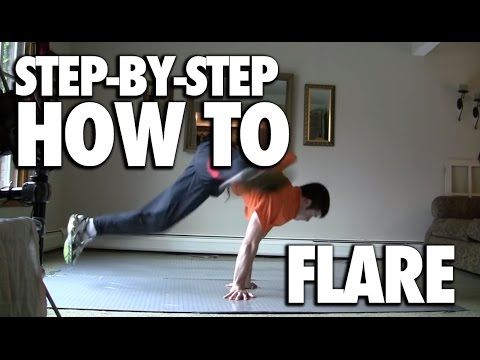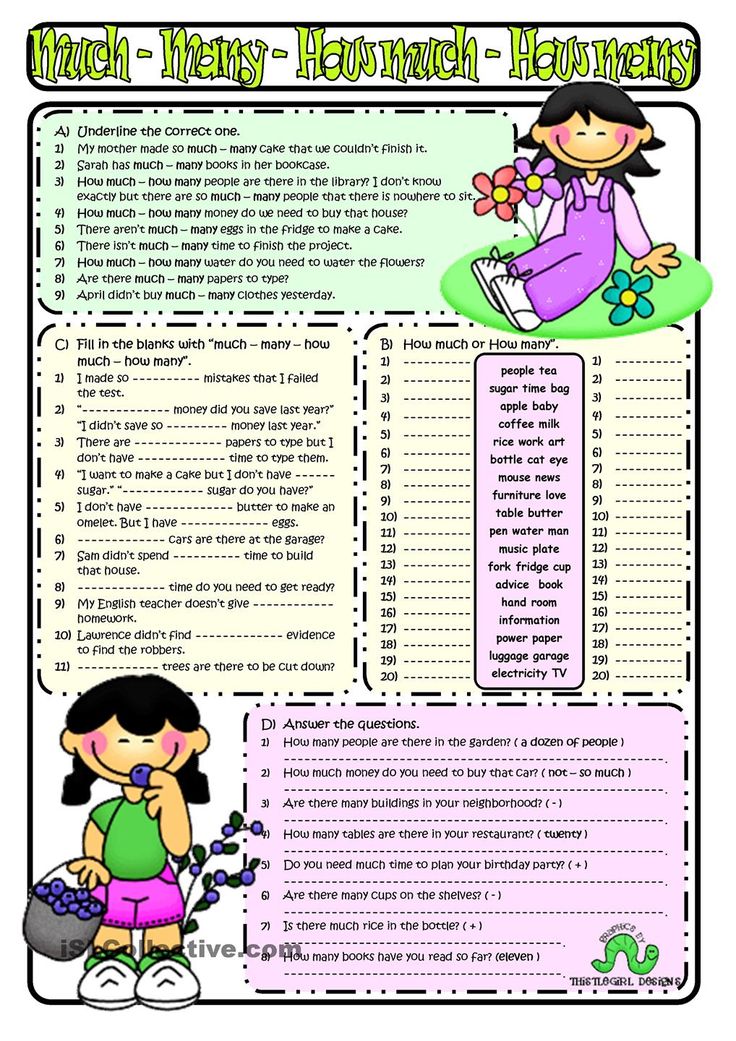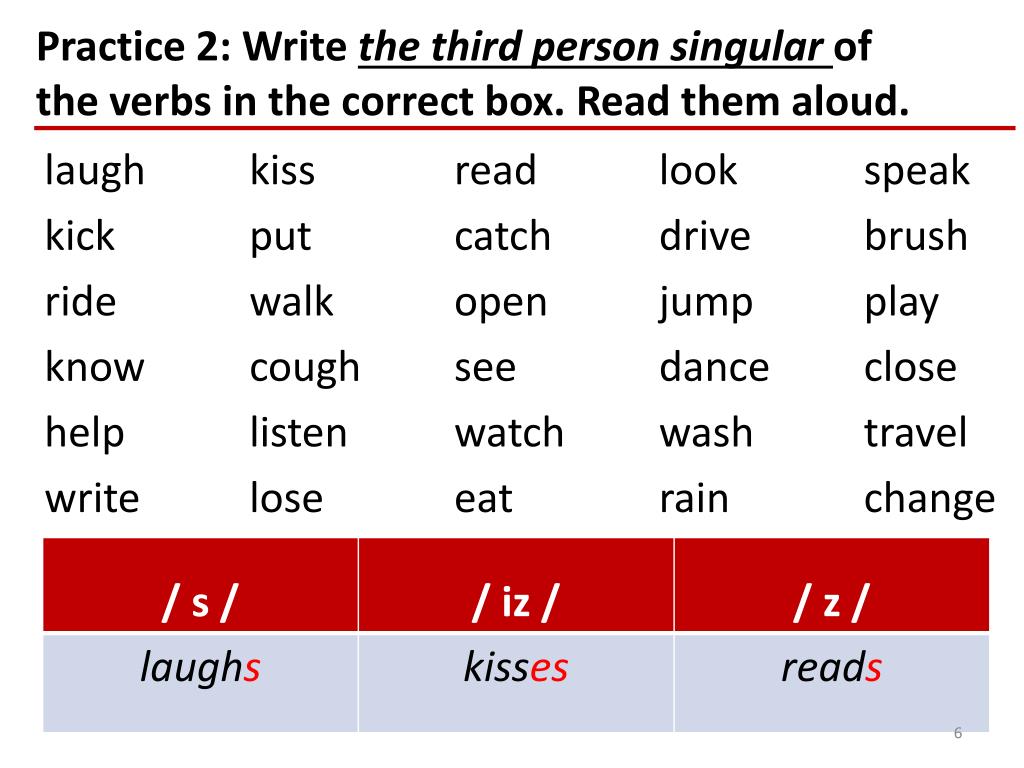How to clean latin dance shoes
How To Care For Your Latin Dancing Shoes
It’s worth taking care of your latin dancing shoes – the most important tool for a dancer (besides your body)!
Did you know that latin dancing shoes support your body while you’re swinging those hips and sashaying away? They’re designed to withstand pressure and provide flexibility, so you can nail the twists and turns that come with the territory, without hurting yourself.
Everyday shoes don’t come close, especially if you plan on being a regular on the dance floor. It’s worth investing in a specialised pair that enables the best technique.
But this doesn’t let you off the hook completely. You need to take care of your latin dancing shoes, to get the most value out of them.
This includes following the correct protocols for:
Storage
Cleaning
Polish
Repair
Wear your latin dancing shoes with care
It’s important for your chosen pair to fit as perfectly as Cinderella’s glass slippers. As obvious as this seems, you don’t want your feet sliding inside the shoe. Don’t be too hasty when getting ready – take time to fasten your buckles (women) and tie your laces tightly (men).
Be gentle when you put on and remove your latin dancing shoes. Only wear them in the dance studio, and not elsewhere, since the coarse ground can damage the soles. Suede leather in particular can’t withstand dirt, moisture and rough floors, so never wear this style outdoors.
It’s worth buying another pair of dance shoes to switch between, if you can afford it. Not only does this give each pair a break, but different shoes work different muscles.
Finally, a good heel protector can act as a saviour. These slip onto your heel to guard against the wear and tear that comes with frequent use.
Storage matters: Don’t throw your latin dancing shoes into a plastic bag
It’s tempting to throw your latin dancing shoes into a bag, stashed out of sight, after a tiring session.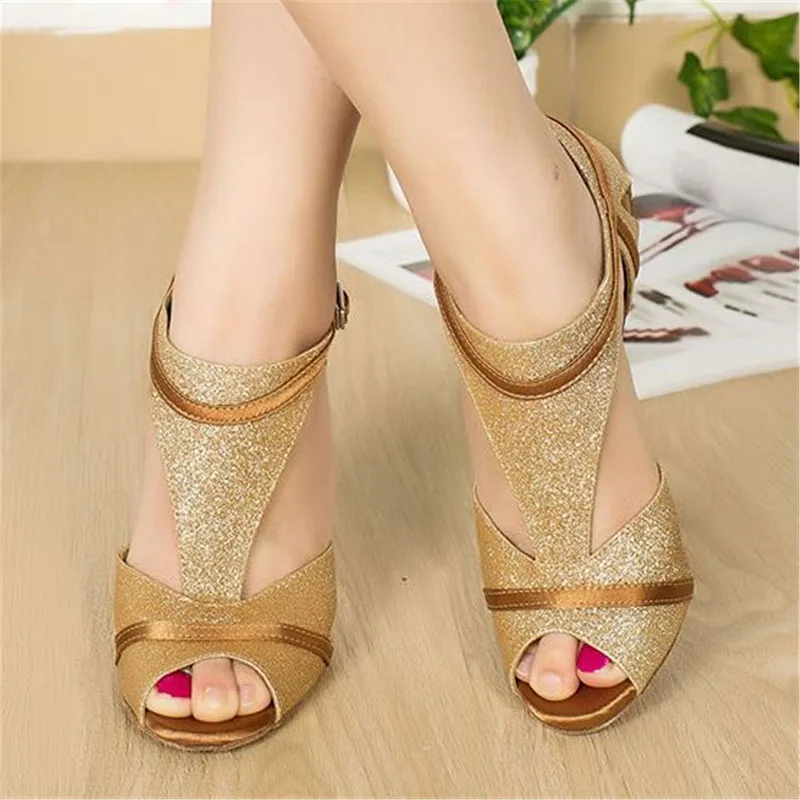 This is one of the worst things you can do. Plastic will cause your shoes to sweat, decay and stink. The same applies to all bags made from non-breathable fibres or fabric. Boxes are a no-go as well, since they create a damp environment.
This is one of the worst things you can do. Plastic will cause your shoes to sweat, decay and stink. The same applies to all bags made from non-breathable fibres or fabric. Boxes are a no-go as well, since they create a damp environment.
It’s best to store your shoes in a dry location and leave them out overnight to air out. This is a good way to keep bacteria at bay.
Filling your shoes with newspaper will help to draw out moisture, if they’re really wet. Never use a hair dryer or heater to dry your leather shoes, since heat is damaging.
Cleaning your latin dancing shoes
If your shoes are made out of canvas, you may be able to get away with throwing them in the washer. Stay away from the dryer though, as this leads to shrinkage.
Other materials don’t fare so well in the washing machine, so you have to get creative.
You can use a damp cloth to clean leather dance shoes. Once completely dry, a small amount of wax or cream polish will preserve the leather.
Never use regular polish, if you have patent leather shoes. Instead, apply patent dressing when dry (after cleaning with a damp cloth). You can also use a soft cloth to add shine.
A clean toothbrush can remove dirt from suede dance shoes (brush from front to back). A suede treatment solution helps remove stains, but make sure the shoes dry completely before wearing them.
Shoes that feature suede soles should be cleaned using a suede shoe brush. If there’s dirt stuck on the soles, brush from toe to heel. This also adds traction, if the soles have become too flat or smooth. Brush carefully and keep your fingers out of the way, especially if the bristles are hard.
Satin dance shoes require a particularly gentle approach, since they’re quite delicate.
Start by using a soft bristle brush to remove dirt.
Blot stains with a dampened cloth (cold water), from the top of the shoe to the bottom of the shoe.
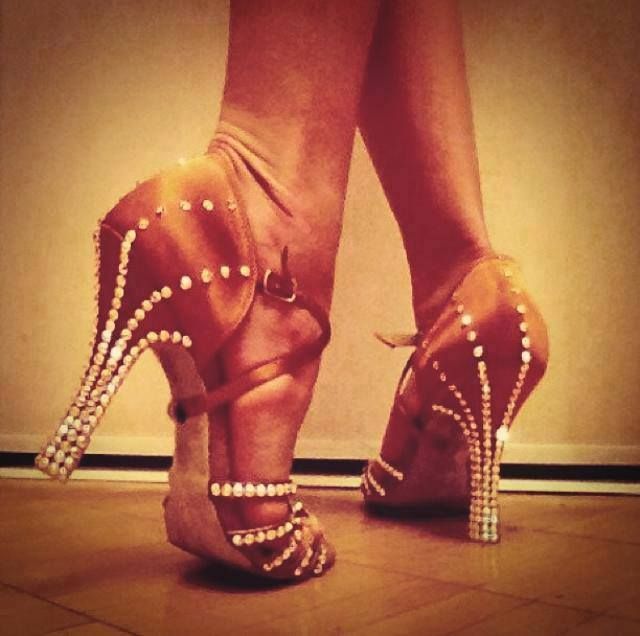
Dab stubborn stains with a damp soapy cloth (hand washing liquid).
Rinse the shoe straight away by patting with a clean damp cloth.
Pat your shoe with a hand towel to dry it. Do not rub the fabric, since this creates stains.
Get the most wear out of your shoes
If you look after your latin dancing shoes, they’ll look after you by supporting your feet. When it comes to improving your technique, leave that to our instructors!
Get in touch today and trial a free dance class with the team at Arthur Murray Crows Nest and don’t let those shoes go to waste!
How to Care for Your Latin Dance Shoes – Yami Dance Shoes
Latin dance shoes, these are the kind of investment that pays for themselves. Whether you’re wearing dancing shoes for rehearsals, practice, social dancing, or the performance of a lifetime, these must-haves let you shine on and off the dance floor. And if you’re wearing a pair of Yami shoes, you can give the performance of the lifetime in comfort!
But because dance shoes take a lot of beating, caring for them is key to extending their life. Endless hours of practice, dirty floors, and all that fancy footwork will take its toll on your dance shoes. That’s why it’s important to know how to care for your shoes properly. You simply cannot throw your dance shoes in the wash, you have to clean it depending on the material:
Endless hours of practice, dirty floors, and all that fancy footwork will take its toll on your dance shoes. That’s why it’s important to know how to care for your shoes properly. You simply cannot throw your dance shoes in the wash, you have to clean it depending on the material:
Leather
Smooth Leather: Hardy and durable but sweat could dry out the material. Exposure to moisture for an extended period increases the risk of mold growth. Needs regular brushing to eliminate dust buildup and make scratches less visible. Generally, genuine leather has to be conditioned.
Textured Leather: Stain resistant and durable but prone to drying out when kept in storage for too long. Exposure to moisture for an extended period increases the risk of mold growth. Generally, genuine leather has to be conditioned.
Suede Leather: Durable and dust resistant. Suede is quite soft and delicate so it needs regular brushing to remove accumulated dust and make scuffs less visible.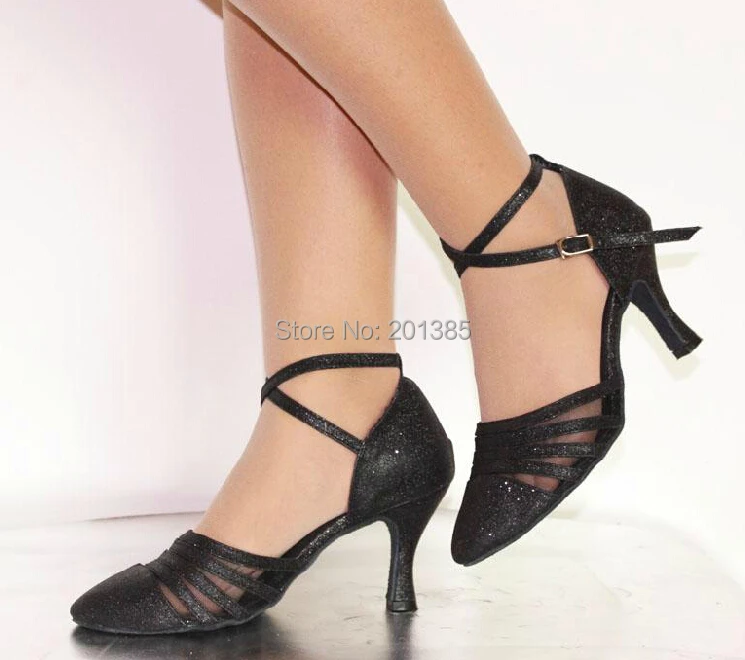 The delicate material is sensitive to harsh cleaning agents. Generally, genuine leather has to be conditioned.
The delicate material is sensitive to harsh cleaning agents. Generally, genuine leather has to be conditioned.
Vegan Leather
Depending on the quality, vegan leather is less durable than genuine leather so the material is prone to scuffs, and tears. Resistant to dust and stains but prone to flaking when stored for a long time. Here at Yami Shoes, we only use vegan leather and Flock - an alternative to suede leather - for our Latin dance shoes because:
Flexibility: Leather is known for its rigidity, a quality that makes it tough and durable. But the rigid material takes some time to break in. It will take several uses before the material softens, which means dancing with leather shoes isn’t as comfortable as dancing in Yami dance shoes. The lack of flexibility as well as the pain you experience dancing with leather shoes will affect your overall performance.
Comfortability: Leather dance shoes need breaking in because the rigid material is thicker than vegan leather and they hurt the feet. The fit of dance shoes is different from regular shoes, it should be snug. That’s the reason why dancers buy dancing shoes that are a half to a full size smaller.
The fit of dance shoes is different from regular shoes, it should be snug. That’s the reason why dancers buy dancing shoes that are a half to a full size smaller.
Now imagine dancing in a pair of snug leather shoes, it’s not only uncomfortable, but the hardy material also leaves the feet with blisters and cuts. Vegan leather is the most comfortable alternative. The material molds to your feet for a snug fit sans the pain and blisters.
Cruelty-Free: Here at Yami Shoes, we believe that everyone deserves the best quality Latin dancing shoes without hurting the animals. The material is 100% cruelty-free, no animals were hurt in making these beautiful Latin dancing shoes. On top of that, the materials we use are environmentally-friendly. By buying your Latin dance shoes from us, you’re not contributing to the world’s worsening pollution. You are a part of the solution!
Flock (Faux Suede)
Flock is a type of faux leather made with textured synthetic fibers. Here at Yami Shoes, we use flock in place of suede leather because the material is cruelty-free and softer.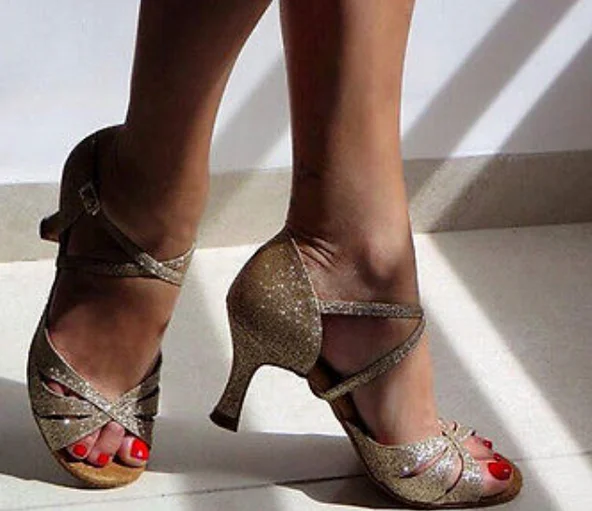 Flock also comes in many colors, allowing shoe designers to come up with standout designs.
Flock also comes in many colors, allowing shoe designers to come up with standout designs.
Flock is quite hardy so you don’t need to baby the material at all. It's scratch-resistant, doesn't tear easily, and it retains its texture for a long time. All it needs is regular brushing to remove accumulated dust.
Satin
Breathable and light - feels like nothing on. The luxurious satin material adds a subtle shimmer to your feet but it tends to pick up dirt and grime easily. Very prone to smudges and oily stains, grimy stains that are a pain to remove. The wrong cleaning product could either spread the stain or cause discoloration.
Textile
Lightweight and easy to maintain but prone to stains. Fabric materials like denim are quite durable so these materials are perfect for everyday dancing shoes. But the material tends to pick up grime and dust quickly so it needs regular cleaning.
SolesSuede Soles
Most dance shoes have suede soles, a very delicate material that needs constant care.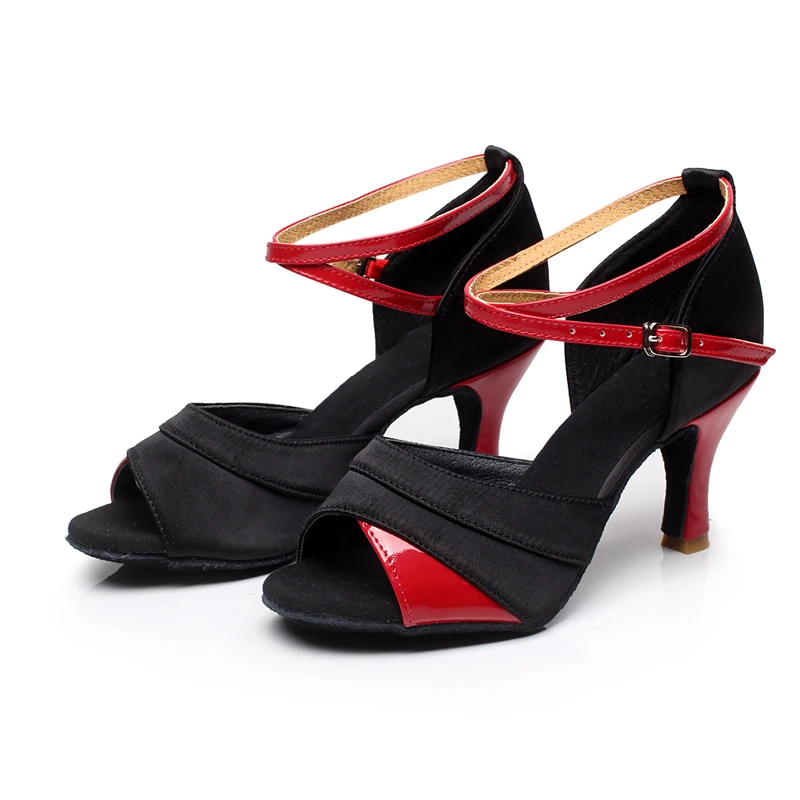 When used regularly, the sole of the dancing shoes tends to accumulate deep-seated grime and dirt that are hard to remove. The soles are also subject to constant abuse so they’re prone to cracking and/or tearing when left neglected.
When used regularly, the sole of the dancing shoes tends to accumulate deep-seated grime and dirt that are hard to remove. The soles are also subject to constant abuse so they’re prone to cracking and/or tearing when left neglected.
Microfiber Soles
Dancing shoes like Yami Latin shoes are made with microfiber. Microfiber is a synthetic material that’s similar to suede but is 1) cruelty-free 2) hypoallergenic and 3) wicks moisture away from the skin. If you’re a conscientious buyer who only supports cruelty-free products, we’re happy to report that Yami shoes are 100% animal and environmentally-friendly. The microfiber soles are also perfect for anyone who’s allergic to the chemicals used for leather tanning.
Since microfiber doesn’t absorb sweat like regular suede, it won’t smell after a few uses. This makes microfiber easier to maintain. The breathable material means that microfiber soles provide more comfortable wear.
Caring for Your Dancing Shoes by MaterialCaring for Leather
Leather shoes with smooth or patent leather should be cleaned regularly with a soft brush.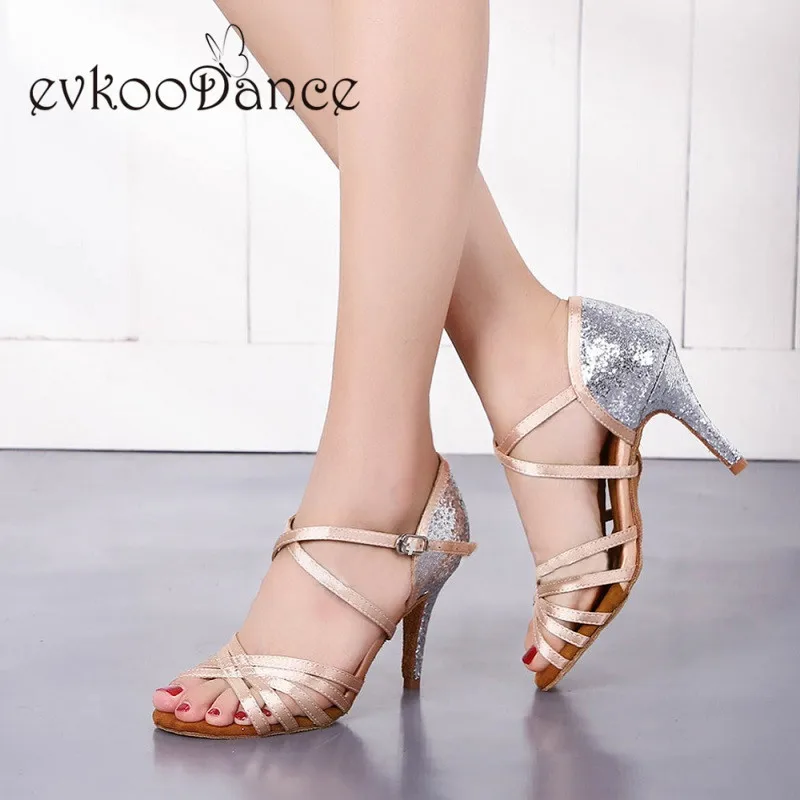 Brush your leather shoes at least once a week to remove accumulated dirt and make scratches less visible. The shoe polish should match the leather’s color.
Brush your leather shoes at least once a week to remove accumulated dirt and make scratches less visible. The shoe polish should match the leather’s color.
For textured leather, the material itself is resistant to scuffing, tearing, and staining but should also be brushed at least once a week. Use a leather cleaner to remove stains and condition the material at the same time.
For stains and grime, spot clean with a damp cloth. For grimy stains, blot with a clean cloth that’s slightly dampened with a gentle cleaning agent. This should lift the oily residue, making stains less noticeable. Finish up with a thin layer of leather conditioner to moisturize the leather and minimize the risk of flaking.
For suede and/or nubuck dancing shoes, the material will require regular brushing to keep the material looking new. For surface stains, gently wipe with damp paper towels. Dry the shoes completely then finish up with a good brushing.
A soft cloth dampened with lukewarm water should remove deep-seated, dried-up stains.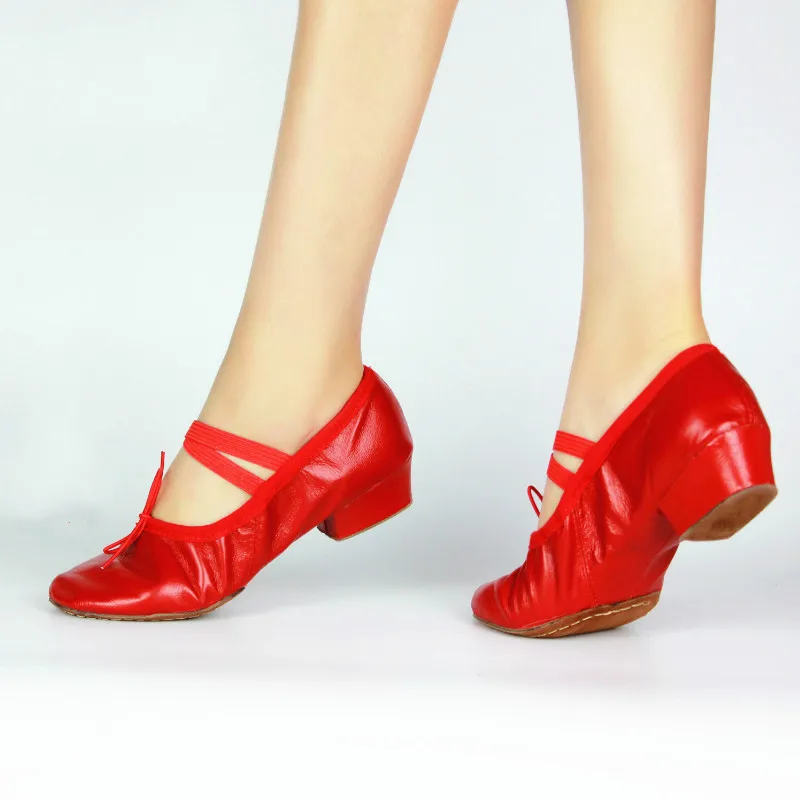 For oil-based stains, try blotting with a soft cloth dampened with ethyl alcohol. Follow up by wiping with a clean cloth dampened with water, dry the shoes completely then brush away.
For oil-based stains, try blotting with a soft cloth dampened with ethyl alcohol. Follow up by wiping with a clean cloth dampened with water, dry the shoes completely then brush away.
Caring for Vegan Leather
Treat vegan leather the same way as genuine leather. Polish the material at least once a day and then condition with a regular leather conditioner to keep the shoes looking new. Because vegan leather is thinner than genuine leather, it has to be conditioned regularly to prevent flaking.
To remove surface stains, wipe gently with a damp cloth or paper towel. Dry the shoes completely then finish up with a good brushing. For oil-based stains, try blotting with a soft cloth dampened with ethyl alcohol. Follow up by wiping with a clean cloth dampened with water, dry the shoes completely then brush away.
Caring for Flock (Faux Suede)
Brush the material regularly with a suede brush to remove dust and surface dirt. When it comes to stains, do not use harsh detergents.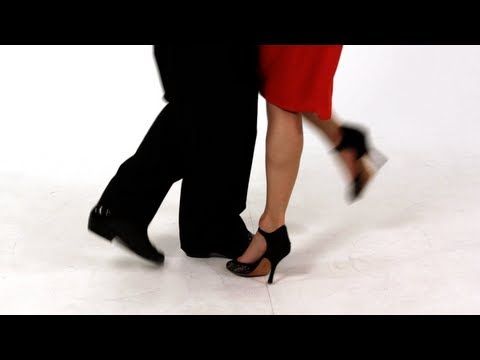 We recommend spot cleaning the stain by saturating a soft, clean cloth with water and a mild liquid detergent. You can also use a suede stain eraser for tough stains that water and detergent cannot remove.
We recommend spot cleaning the stain by saturating a soft, clean cloth with water and a mild liquid detergent. You can also use a suede stain eraser for tough stains that water and detergent cannot remove.
Caring for Satin
Of all materials used for dance shoes, satin is the most delicate. The material is lightweight because it’s thin, which makes it prone to tearing. The material has the uncanny ability to pick up the slightest stains and removal can be hard with just a damp cloth.
To clean your satin dance shoes, prep the material by dry brushing away all the dust and dirt with a soft shoe brush. Never use damp cleaning materials because the surface dirt could end up going deeper into the material, which will make it hard to remove.
For stubborn stains, add a small amount of gentle hand washing liquid on a soft damp cloth and then gently rub onto the material. Pat with a clean cloth dampened with cold water to remove the lather, blot with a dry towel to remove as much moisture as possible then residue then air dry.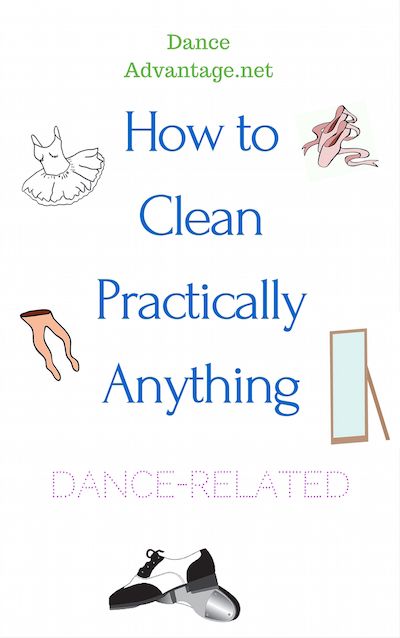 Remember, leaving the satin shoes damp after cleaning might cause watermarks so you have to remove as much of the moisture as possible while air drying.
Remember, leaving the satin shoes damp after cleaning might cause watermarks so you have to remove as much of the moisture as possible while air drying.
Caring for Textiles
Thick fabrics can pick up dirt and dust much faster than leather so clean your dancing shoes the same way you’d clean a pair of satin dance shoes. Start by brushing away the dirt and dust with a dry soft brush. Then, spot clean with a dampened cloth, blot dry then air dry.
For stubborn dirt, use soapy water to spot clean the stain, take as much of the moisture out as possible to prevent watermarks then air dry.
Caring for Your Dancing Shoe SolesCaring for Suede Sole
Dancing soles are different from conventional walking shoes because the soles are made with suede material. The material optimizes the freedom of movement, allowing you to execute those complex twirls and turns! But, suede is one of the most delicate of all leather materials so it should be taken care of regularly to extend its life.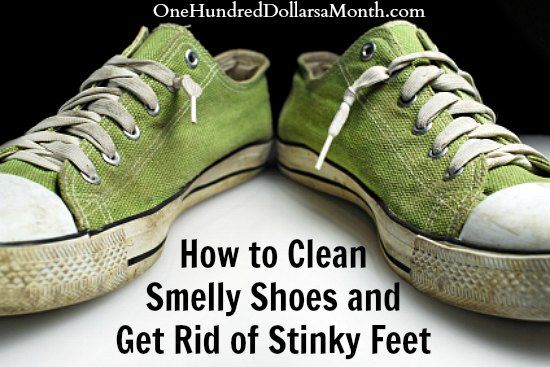
Brush the material with a suede brush to remove surface dirt and dust. For mild stains, you can either spot clean with a clean cloth dampened with a mild detergent or use a suede stain eraser. Do not over-saturate suede with water because this might lead to discoloration or damage. Also, do not use a hairdryer to speed up the drying process. Just air dry the material.
Caring for Microfiber Sole
Microfiber is a breathable, low-maintenance material. You can use a suede brush to remove superficial dirt and dust build-up. For mild stain, use a damp, clean cloth to spot clean. Follow up with a good brush of suede brush then leave to air dry. Avoid over saturating the material with water or cleansing agents because this can cause damage and/or discoloration to the microfiber sole.
References
https://www.ballroomdanceplanet.com/how-to-clean-ballroom-dance-shoes/
https://thedancestore.ca/best-way-to-clean-dance-shoes/
https://ilovedanceshoes.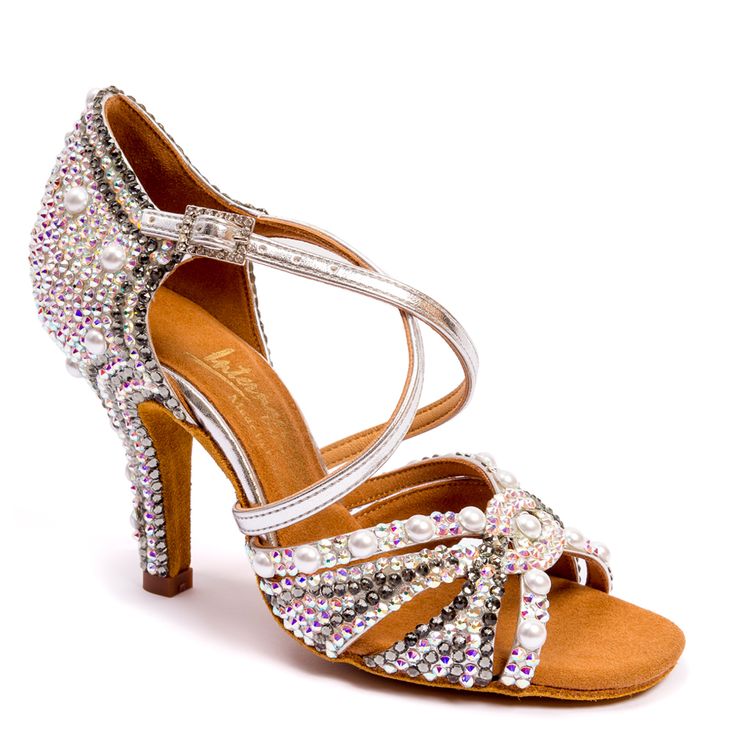 com/blogs/guides/how-to-take-care-of-your-dance-shoes
com/blogs/guides/how-to-take-care-of-your-dance-shoes
https://blog.rayrose.com/how-to-clean-the-soles-of-dance-shoes/
https://www.freedoflondon.com/how-to-care-for-your-latin-and-ballroom-dance-shoes/
https://www.cleanipedia.com/gb/laundry/how-to-clean-satin-shoes-sheets-clothes.html
https://www.souliersstudio.com/blogs/the-launch-of-souliers-studio-vegan-shoes-with-soul/a-few-tips-for-how-to-care-for-your-vegan-shoes
https://www.ehow.com/how_5808610_clean-faux_suede-shoes.html
https://bootmoodfoot.com/clean-faux-suede-shoes/
How to care for ballroom dancing shoes?
1. Dry your shoes after class or competition. Proper drying of shoes after a workout is a very important part of taking care of dance shoes to keep them in good condition. Take your shoes out of the bag as soon as you get home.
Wet shoes dry only at room temperature, and it is advisable to insert a stretcher into it or stuff it tightly with newspaper, napkins or crumpled paper (which must be changed periodically). Ballroom dance shoes can only be cleaned with special shoe care products, today such products are sold in almost any store. nine0003
Ballroom dance shoes can only be cleaned with special shoe care products, today such products are sold in almost any store. nine0003
Do not dry ballroom dance shoes near a radiator or any other source of heat! From this, the material may crack or even sit down!
If the shoes do shrink, use a shoe stretcher.
2. It is not recommended to “wash” shoes.
3. For transportation, manufacturers put special bags in boxes with shoes, there are special bags for shoes, you should not wear ballroom dancing shoes in plastic bags, shoes do not “breathe” in these bags. nine0003
The care of ballroom dance shoes depends on the materials used to make the shoes.
Satin ballroom shoes can be cleaned at home with a special shoe cleaner available from almost any dance store. It is necessary to strictly adhere to the instructions, and then your shoes will keep a presentable look longer. You can not rub such shoes with a brush or try to wash them with plain water - this will lead to thinning of the fibers of the fabric, and to the formation of ugly spools.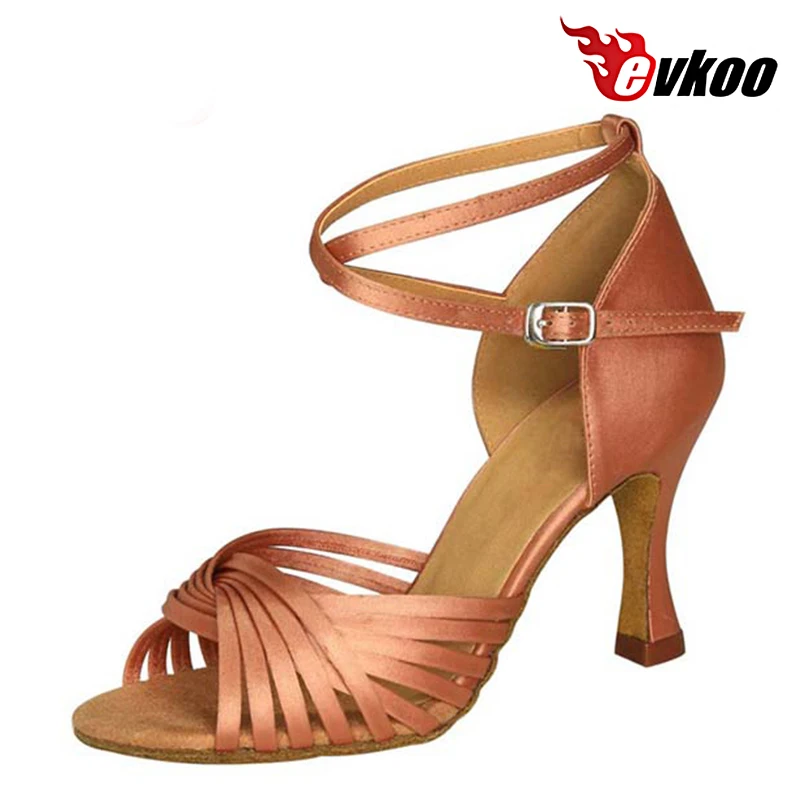 You need to pay attention to the seams and fasteners. Places where the fabric can fray can be lubricated with natural oil. nine0003
You need to pay attention to the seams and fasteners. Places where the fabric can fray can be lubricated with natural oil. nine0003
4. Recently, it has become popular again to dye shoes in the color of a suit - this can be done both in the salon and on your own, choosing the right tone.
5. Many people stick rhinestones on their ballroom dance shoes, for this you need to use the same glue that is used to decorate the competition dress. For the period of gluing and drying, it is recommended to insert a special spacer into the shoes and fill them with paper. It is not recommended to wear shoes glued with rhinestones or decorated with laces for training, because. from frequent rubbing of shoes against each other, the stones will be slightly erased and lose their original luster. nine0003
6. Genuine leather shoes are easy to care for. You can clean it with a damp cloth or sponge. There are specialized tools, but since. they are created primarily for street shoes, sometimes it is worth treating ballroom dance shoes with natural ones, for example, beeswax. To give shoes made of genuine leather shine, you can use a special polish sold in ordinary shoe stores.
To give shoes made of genuine leather shine, you can use a special polish sold in ordinary shoe stores.
7. Keeping track of men's suede and nubuck ballroom shoes is a little trickier. Do not use water to clean these shoes, water will promote the formation of new stains! Suede and nubuck are dry cleaned. Before the main cleaning, it is necessary to treat the shoes with a special brush with rubber. But you can also use the "grandmother's" method - an eraser and toothpowder! In order for shoes made of nubuck and suede to last longer, you need to stock up on special care products for such shoes and special impregnation. nine0003
8. Lacquered ballroom dance shoes should be handled with care, even the smallest scratch will be visible on the lacquered surface! It is not necessary to clean new patent leather shoes - just wipe them with a flannel cloth. At the moment when the need arises for cleaning, it is best to use a soft sponge and soapy water, or use special products: shoe oils and balms.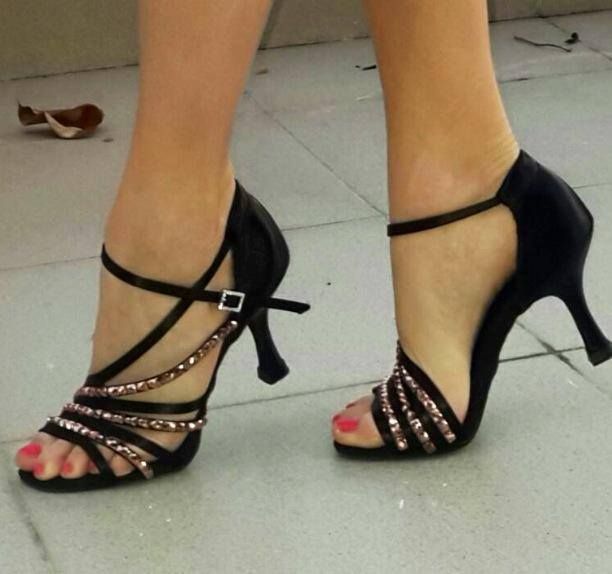 To remove stains, you can use nail polish remover without acetone. nine0003
To remove stains, you can use nail polish remover without acetone. nine0003
Never use a brush to care for patent leather shoes! You can get rid of dull spots that sometimes appear on patent leather shoes by rubbing these spots with a cut onion or egg white. Patent shoes should not be kept near sources of heat and moisture. Otherwise, it may even become moldy! If suddenly your shoes are covered with mold, then carefully remove it and grease the surface with glycerin. Leave the glycerin on for 10 minutes, then remove it with a cloth. nine0003
Partners often complain that at the beginning of wearing patent leather shoes cling to each other and lose their presentable appearance. To solve this problem, there is a special tool that can be bought at the time of purchase of new shoes.
9. A very important part of ballroom dance shoe care is sole care. The sole is made of specially dressed leather, suede and has small villi. Your stability depends on the state of the sole - sliding on the parquet.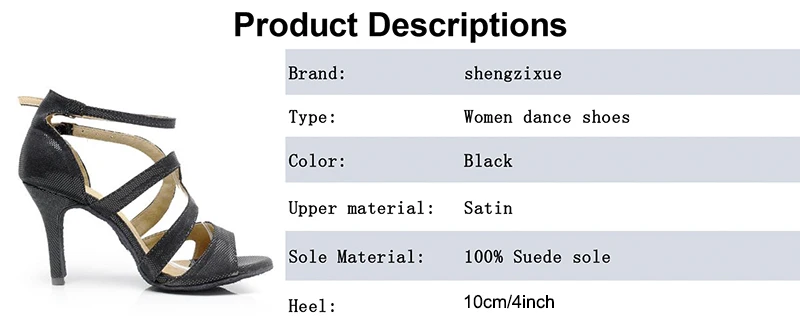 Optimum adhesion to parquet is 70% dependent on the condition of your soles, the remaining 30% depends on the quality of the parquet. nine0003
Optimum adhesion to parquet is 70% dependent on the condition of your soles, the remaining 30% depends on the quality of the parquet. nine0003
The soles of ballroom dance shoes should be cleaned with a special brush before each practice or any appearance on the floor, as well as once or twice during training. For easier cleaning of the brush itself, it is recommended to put an old nylon stocking on it before use, which is removed after cleaning. The brush will be like new.
Almost all dancers wet the soles of their shoes with water, but this causes them to deteriorate rather quickly. If you have ever used this method, you will have to resort to it constantly. It is better to use castor oil for the same purposes. nine0003
Some dancers spray their soles with hairspray, this may work for a short time but after the hairspray dries it gets worse. After that, it is almost impossible to clean the sole from the varnish.
10. There is a universal cleaner that is well known to motorists - this is the WD-40 fluid displacer.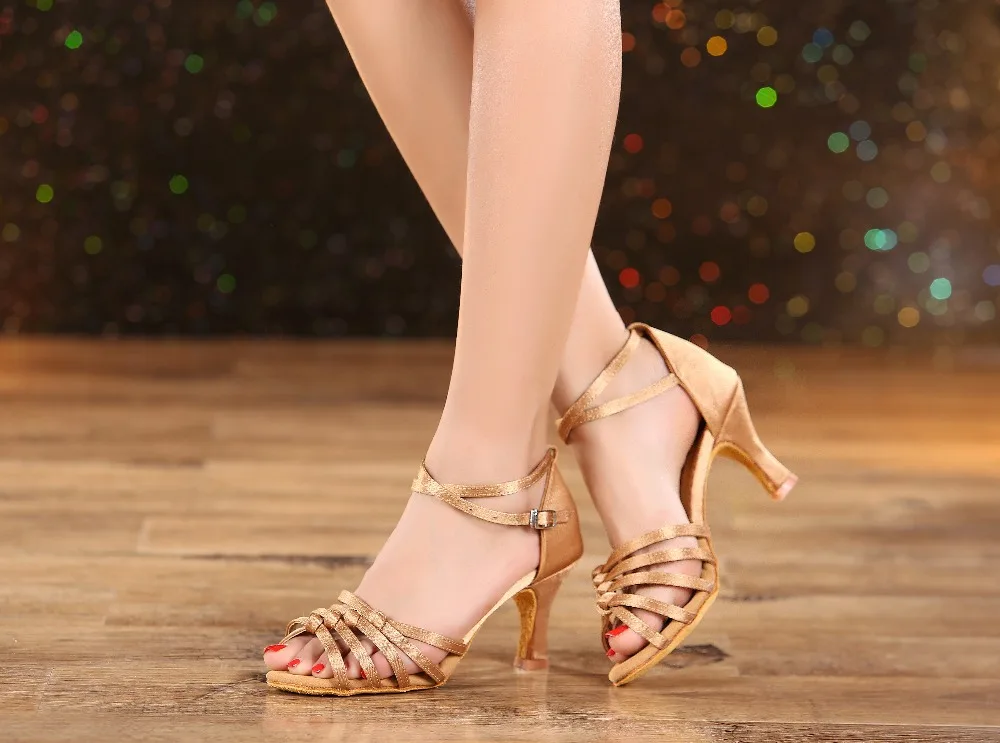 This tool will help clean the paraffin sole, from fat and disinfect it. But often you should not use this tool either, because. completely fat-free skin is also bad. Recently, a special powder has appeared on sale to help achieve the necessary slip on the parquet. nine0003
This tool will help clean the paraffin sole, from fat and disinfect it. But often you should not use this tool either, because. completely fat-free skin is also bad. Recently, a special powder has appeared on sale to help achieve the necessary slip on the parquet. nine0003
11. Change of heel heels - concerns mainly partners. It is better to purchase a spare pair of heels at the time of buying new shoes. Heels should be changed, not allowing them to wear out too much. Changing heels is a very simple action that anyone who has used a hammer at least once in their life can do. In order to replace the old heel, you need to fix it with pliers and pull it out. Then insert a new one so that the metal pin that is on the heel goes deep into the heel in the right direction, then drive the heel inside with a hammer. nine0003
First of all, it is necessary to take care not of shoes, but of your own skin of legs and feet. It is necessary to take care of the feet, and recently appeared, special orthopedic insoles, invented specifically for ballroom dancing, will help to keep the shape of the feet as long as possible. A special powder, also designed specifically for dancers, will kill bacteria that spread infection and odors and help prevent excessive perspiration.
Insole care0048
Most insoles are made of artificial materials, but there are also insoles made of real leather, for example, Dance naturals (DN) uses only natural leather. It cannot be unequivocally said that one is better than the other. Artificial materials are easier to care for (which many ignore), genuine leather is, of course, comfort, but caring for it requires a special approach. And it is highly recommended to use a powder that kills bacteria. If the insole is not taken care of, it will get wet from aggressive sweat, become a breeding ground for bacteria, and, ultimately, this can lead to the loss of the internal shape of the shoe. It is very important that there is a certain adhesion between the soles of the feet and the insoles (not the sticking of a dirty and wet insole to the foot, but the adhesion). nine0003
Some manufacturers of ballroom dance shoes use a cushioning system - a special spring mechanism. There are several important points that tell us how the shoe manufacturers thought about dancers:
Shoe shape
If ballroom dancing shoes don't support the arch of the foot, these shoes are not suitable for dancers.
If the shape of the last leads to flat feet (which almost all manufacturers have!), then the rest of the care for the feet goes into second place. nine0003
Sole - see item no. 9
Note 1: Heel pads are a separate issue. Recently, different types of headbands have been used in terms of material, shape (different shape of the neck of the headband, different base), in addition, the use of different colors, effects (for example, with deodorant, with the addition of phosphorus, etc.) . All this is a separate topic for discussion.
Note 2: Today, various anti-slip powders such as anti-handle and anti-slip of German production are on sale. Discussion of the use of these powders is also a separate topic. nine0003
How long one pair of ballroom dancing shoes can be used
Many factors affect this, first of all, the duration of training, the shape of the foot, proper shoe care ... All this is very individual. And, of course, it depends on how many couples you have and how often you practice. For example, couples sponsored by English firms are given an average of five to six pairs of shoes per year for each athlete. The lifespan of shoes for intensive training and competitions ranges from 2-3 months on average. From a hygiene point of view, it is also recommended to change shoes every 3 months. With proper operation and good care, this figure can be increased up to one year. Well, from experience, the right approach, for example, to men's ballroom dancing shoes (the right choice of manufacturer, the right choice of model and size, and, of course, the right shoe care) allows shoes to serve for several years.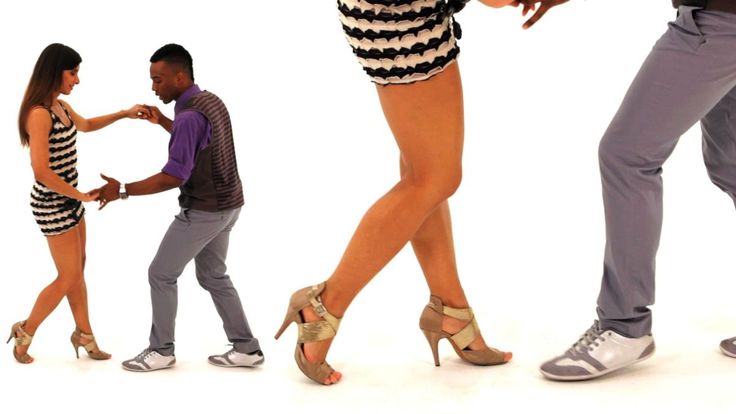 Women's shoes serve, of course, less. But with the right approach to choosing ballroom dance shoes and with proper care for them, they can last several seasons. nine0003
Women's shoes serve, of course, less. But with the right approach to choosing ballroom dance shoes and with proper care for them, they can last several seasons. nine0003
The durability of ballroom dancing shoes, besides their care, is also affected by other factors: high-quality and accurate lasts, the raw materials from which the shoes are made, professional assembly on high-precision equipment, and many other points.
It is not recommended to buy ballroom dance shoes for children "for growth", this leads to rapid wear.
An additional note on the durability of ballroom shoes - shoes with stitched soles will last longer. nine0003
Dance shoes are guaranteed for 30 days. To avoid unpleasant situations, it is worth taking a spare pair with you to tournaments. Yes, just in case.
Source: orpheusmusic.ru
How to clean ballroom shoes | Encyclopedia of shoes
Denis Skoryatin 0 Comments nine0087 ballroom, soap solution, natural leather, natural materials, unpleasant smell, first of all, clean, do, washing machine, warm water
How to properly handle ballroom dancing shoes is selected, and you have already worked out in it, took part in competitions - you should think about caring for it. ▪ After training or competition ballroom dancing shoes should be allowed to dry. Drying shoes every day is a necessary step in the care of your shoes to keep them in the right shape and condition. You need to get shoes out of the bag-case, immediately upon returning home. Raw shoes are dried not in heat or cold, but at 18-24 degrees Celsius, while it is advisable to use a special stretch in the middle in the form of a shoe last or stuff it tightly with paper, preferably soft, which needs to be changed from time to time. nine0003 Ballroom dance shoes must not be dried near any external heat source (radiator, dryer, gas stove)! From this, the material may crack, warp, lose its original shape! If your shoes are too small or too small and rub, use a shoe stretcher or put on warm socks soaked in alcohol or vodka and walk around in them for half an hour or an hour. ▪ It is best not to “wash” shoes in the washing machine. What is more important for you when choosing shoes? nine0003 ConvenienceBeauty ▪ To transport shoes, manufacturers or stores sell shoes with special bags, there are also specialized bags for shoes. The main thing is that you can’t use plastic bags to carry shoes, because shoes don’t “breathe” in them, but “wrinkle”. Care depends on the upper materials used in the manufacture of — Satin or satin ballroom dance shoes can be cleaned with special cleaning products, which can probably be purchased at every store. It is forbidden to scrub dirt from such shoes with a brush or try to rinse with ordinary clean water - as a result, there will be a thinning of the fabric fibers, streaks and the formation of ugly spools. It is necessary to pay attention to buckles and straps, in these places there is a high probability of tearing and chafing. Therefore, tighten the tails along the course, you do not need to tighten in the opposite direction, so you can easily break the strongest straps. ▪ In recent years, it has become popular to dye shoes to match the color of the suit. But it is better to immediately order shoes of the color you need, now this service has become more widely used, and manufacturers have a lot of new materials and colors. ▪ Many people glue stones to their ballroom shoes using the same glue you used to glue jewelry to a dress or latin. It is contraindicated to wear shoes with rhinestones or shoes decorated with laces for training, because the stones will slightly rub off from the frequent friction of the shoes against each other, stop shining or even fly off. nine0003 ▪ It's quite easy to list genuine leather in shoes - we do this all the time with our outdoor shoes, so the principles and methods don't change. You can clean it from dirt with a wet sponge or a piece of cloth. ▪ A more complicated procedure is to track men's ballroom shoes in nubuck or natural suede . To clean these shoes, you can not take water, it will contribute to the appearance of new stains! These materials are cleaned only when dried. Before the main cleaning, you need to work with shoes with a brush with rubber inserts for suede leather (as they are called). But you can also use the folk way - with a wash (eraser) and toothpowder! nine0003 ▪ Care must be taken when caring for patent ballroom shoes , as any (even the smallest) scratch on the varnish surface will be noticeable and may continue to grow over time! Only purchased shoes with a patent leather top can only be wiped with a flannel cloth. But when it becomes necessary to clean them, it is more advisable to use a soft sponge or cloth with soapy water. You can also use specialized products based on balms and natural oils. ▪ A very important element of shoe maintenance is the sole care. It is made of specially selected leather - suede and has a fleecy structure. The condition of the sole directly affects your stability and at the same time the correct glide on parquet or laminate. The condition of the soles gives 70% of the influence on the grip of shoes with the floor, while the quality of the parquet only affects the remaining 30%. It is necessary to rub and clean the soles of the shoes with a special brush with a hard metal bristle before each exit to the floor or training in order to again roughen the polished leather. To keep the brush itself neat, you can put on an old stocking before use. But most brushes are now varnished and everything superfluous is easily chipped from them. nine0003 Almost always, dancers moisten the soles of their shoes with water before dancing, but this is only a short-term remedy, and rather harmful to the shoes themselves. It is better to use a special tool for the same purpose - anti-slip, but not castor oil - shoes deteriorate from it and are very poorly repaired. There are dancers who apply hairspray on the soles, this method can give a short-term effect, but after the varnish dries, it becomes even worse. After that, it is almost impossible to clean the sole from the varnish. nine0003 ▪ There is a universal recipe for sole cleaning that is well known to riders - water displacer WD-40. This method will undoubtedly help to clean the sole from paraffin, fat and disinfect it. However, often the use of this tool is generally useless, because absolutely fat-free skin is also not the best option. Some time ago, a special powder came into the market, which helps to achieve the required slip in the parquet, but it is quite expensive and does not always give the desired result. In general, try, experiment and you will have a non-slip parquet. nine0003 ▪ Change heel heels or - concerns mainly partners. Insole care. Most insoles are made of artificial materials or a combination of artificial and natural materials, but there are also insoles made of real leather, for example, Galex uses only natural leather. As the experience of training shows, it is definitely impossible to choose what is better, each species needs to be looked after in its own way. Artificial materials can be less frequently and less labor-intensively looked after, but by no means should be ignored, but for natural leather, due to increased comfort, more frequent and demanding care has to be sacrificed. And it is highly recommended to use a germ-killing powder. If you do not worry about the condition of the insole, the microbial environment will grow, become a breeding ground for germs, and, ultimately, this can cause the shoe to lose its internal shape and cause a very unpleasant smell. It is very important that there is some adhesion between the sole of the foot and the insoles (no sticking of the black and wet insole to the foot). Shoe shape. If the ballroom dance shoes do not support the arch of the foot, these shoes are not suitable for dancers. A suitable shape and shoe last can only be selected by measuring it. Also pay attention to the shape of the sock in women's Latin - square or oval. The first is suitable for feet with the longest thumb, and the second with a longer index or middle. nine0003 How to clean ballroom shoes Shoe shape (read more...) First of all, you need to take care not of shoes, but of your own skin of the legs and feet. How to take care of ballroom dance shoes Wash your feet (read more...) Leather shoes should be washed quickly and in cool water so that the temperature does not affect the adhesive joints. But synthetic ones can be soaked in a soapy solution for an hour or even run in a washing machine in a delicate mode with warm water. nine0003 How to take care of your climbing shoes: Evolv's advice 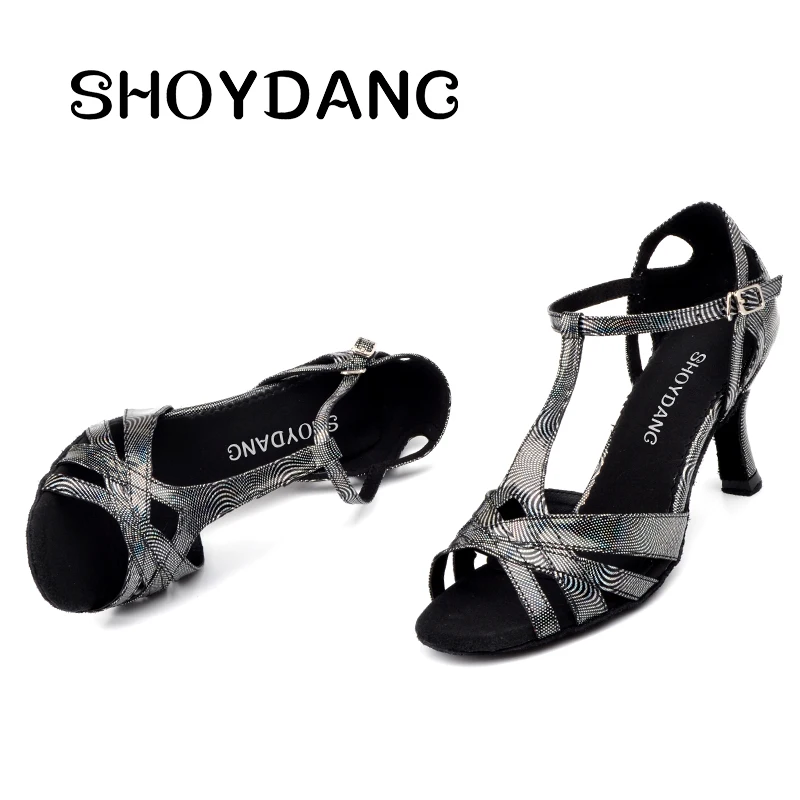 It doesn't matter if you buy dance shoes every month or two, or wear them for years, the simplest hygiene operations simply need to be done with them. nine0003
It doesn't matter if you buy dance shoes every month or two, or wear them for years, the simplest hygiene operations simply need to be done with them. nine0003 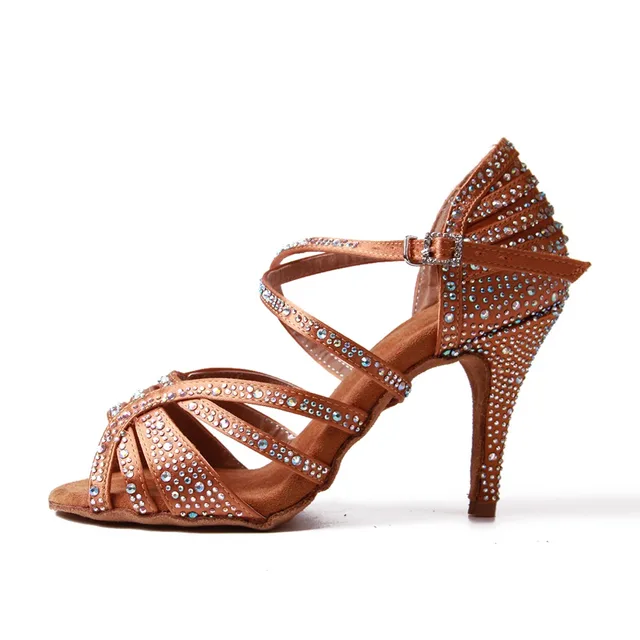
 You can smear these places with natural vegetable colorless oil, and be sure to change them to new ones when they are rushed - the newly sewn ones become very rough, thick and very often rub the leg
You can smear these places with natural vegetable colorless oil, and be sure to change them to new ones when they are rushed - the newly sewn ones become very rough, thick and very often rub the leg It is better to apply natural products based on beeswax to ballroom dancing shoes.
nine0003
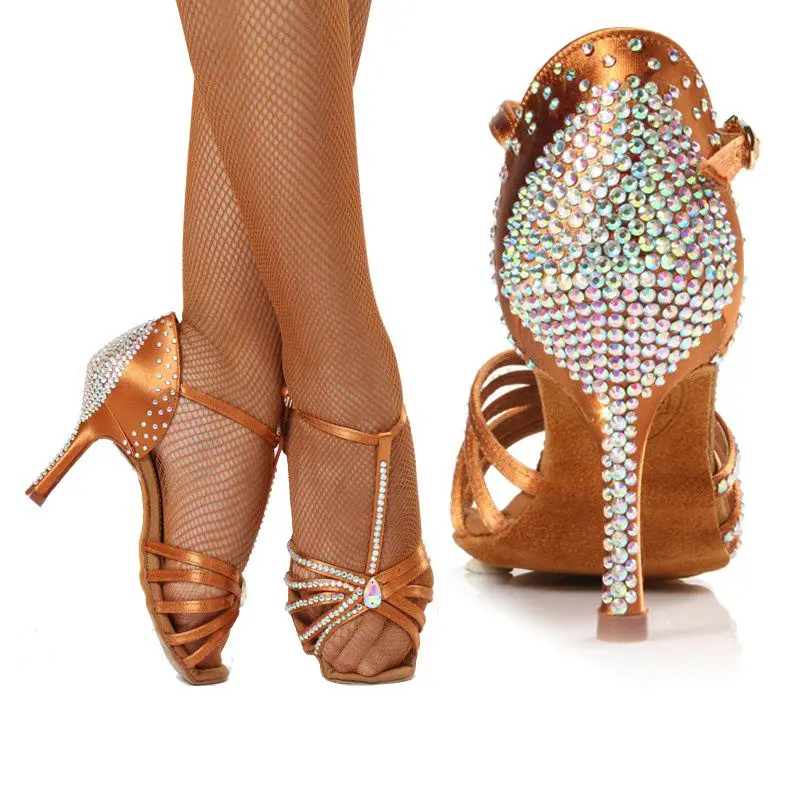
It is more correct to buy a spare pair of heels at once during the purchase of new shoes. Heels need to be replaced, in no way allowing them to completely wear out. Changing heels is a fairly elementary task that can be handled by anyone with proper arms growth, not just legs. In order to replace the old heel, you need to fix it with pliers and pull it out. Then insert a new one, so that the metal pin that is on the heel goes deep into the heel in the right direction, and then drive the heel inside with a hammer. But it is better to contact a shoe repairman, without experience you can ruin everything. nine0003
Changing heels is a fairly elementary task that can be handled by anyone with proper arms growth, not just legs. In order to replace the old heel, you need to fix it with pliers and pull it out. Then insert a new one, so that the metal pin that is on the heel goes deep into the heel in the right direction, and then drive the heel inside with a hammer. But it is better to contact a shoe repairman, without experience you can ruin everything. nine0003 nine0003
It is necessary to take care of the feet, and recently appeared, special orthopedic insoles, invented specifically for ballroom dancing, will help to keep the shape of the feet as long as possible. A special powder, also invented specifically for dancers, will kill bacteria that spread infection and bad odors, and help prevent excessive sweating..
4. Lately it has become popular again to dye shoes in the color of the costume - this can be done both in the salon and on your own, choosing the right tone. How to clean ball shoes
Climbing shoes don't need much maintenance, so don't be lazy and skip the simple tips in this article.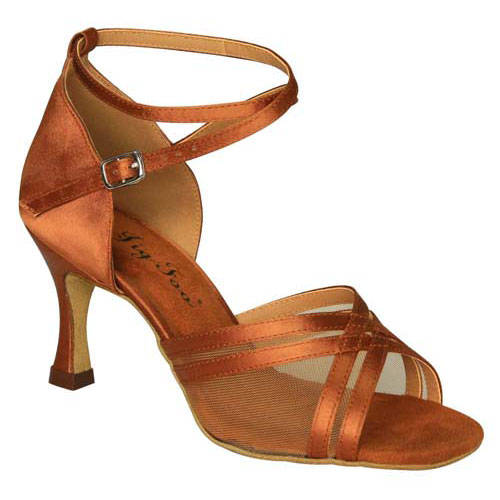 Yes, yes, at first you think “Oh, yes, it will do!”, And then you catch sidelong glances at the climbing wall in the direction of your very bad-smelling climbing shoes 🙂 But this can be avoided, or at least reduce the scale of the disaster. Key points: keep climbing shoes away from heat sources, do not use harsh chemicals and store in a dry place. And then in order. nine0047 How to clean ballroom shoes
Yes, yes, at first you think “Oh, yes, it will do!”, And then you catch sidelong glances at the climbing wall in the direction of your very bad-smelling climbing shoes 🙂 But this can be avoided, or at least reduce the scale of the disaster. Key points: keep climbing shoes away from heat sources, do not use harsh chemicals and store in a dry place. And then in order. nine0047 How to clean ballroom shoes
Oriental dance (read more...)
Oriental dance or belly dance is mostly performed without shoes. But you can also use Czech shoes or ballet flats, as in ballet dances. Such shoes can be decorated with embroidery, beads, rhinestones or other decorative items.
How to choose the right shoes for dancing
In addition, dance shoes usually have an additional insole to absorb moisture, and this will provide you with more comfort. While some ordinary shoes can be comfortable and stylish, they can easily lead to injury.




